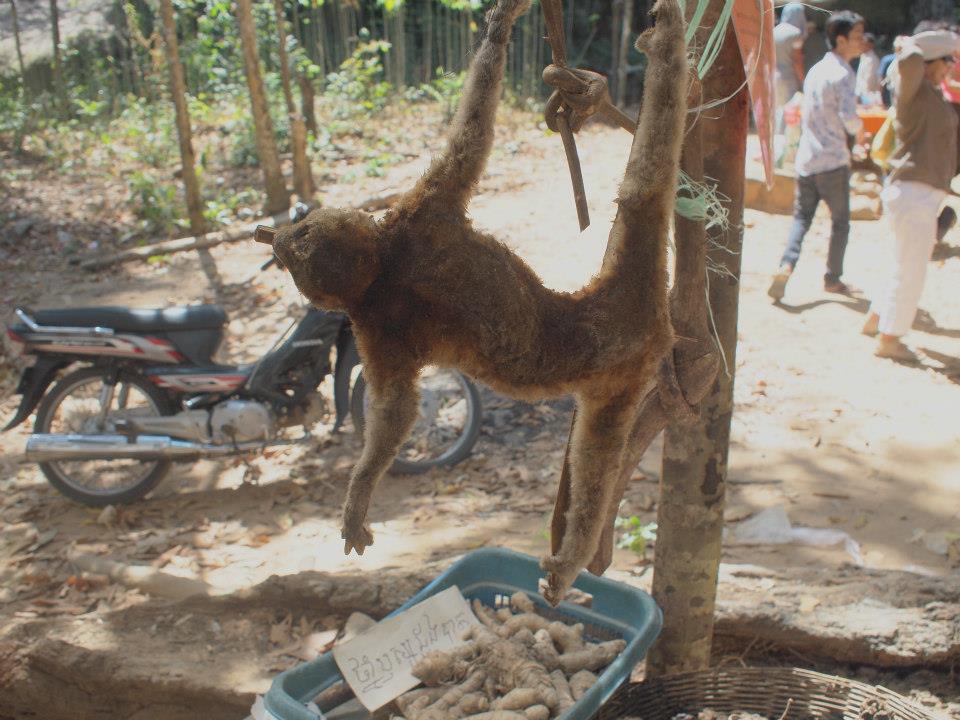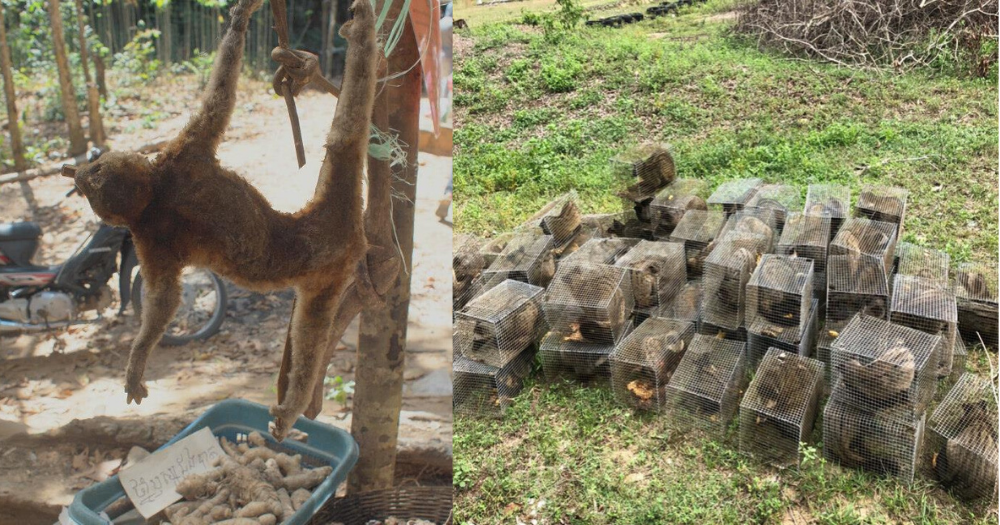The Wuhan coronavirus has shed light on the live animal market and wildlife trade in China:
But apart from China, many countries also have a history of wild animal trade. Some also have a portion of the population who still rely on wild animal meat for survival.
Here are some other countries where people still turn to wildlife for food:
1. Indonesia
While videos of bat soup have been circulating due to claims on its link to the Wuhan coronavirus, bat soup can be commonly found in North Sulawesi.
According to this study, flying foxes, which are a group of fruit-eating bats, are still consumed in large quantities.
The bat bushmeat trade is rampant in this region due to low food security and a lack of legal regulations on the hunting of these creatures.
[embed]
However, a study in 2013 found that the spread of Ebola virus and coronavirus in Asia and Africa were caused by increased contact between humans and bats at bushmeat markets.
Other than bats, the Minahasa tribe in Indonesia in Sulawesi rely on white-tailed rats, birds, wild pigs, squirrels and snakes as a source of protein in their diet and for their livelihood (as seen in the video below).
While white-tailed rats are commonly hunted for, a study published in 2019 found that the population of these rats are on the decline due to uncontrolled hunting and destruction of their natural habitats.
2. Malaysia
According to a Facebook post by Traffic (Southeast Asia), a non-profit that works on fighting wildlife trafficking, some species of Serow, a goat-like mammal, is illegally hunted for meat and even traditional medicine.
In another case in Kelantan, Malaysian authorities seized 642 animals, which consisted of civets, monitor lizards and freshwater turtles that were about to be exported to Vietnam for the exotic meat market.3. Vietnam
In Vietnam, along the Mekong River, some still rely on animals, such as rats, tortoises and birds, as a source of food (as seen in the video below).
According to a pangolin specialist group, Vietnam is known for the illegal trade of pangolins as the meat is considered a luxurious delicacy, while the scales of the pangolin are used in traditional medicine.
4. Cambodia
In this Facebook post by Wildlife Alliance Cambodia, rangers seized 175 kilograms of bush meat from wildlife at the Roveang Station in the Cardamom mountains in Sep. 2019.
The animal meat that was confiscated included native animals, such as porcupines, turtles and monitor lizards.
According to the Phnom Penh Post, 40 kilograms meat from the illegal wildlife trade was seized by Cambodian forestry administration officials in Stung Treng Province in Oct. 2019.In rural areas where populations are impoverished, bushmeat can be found as locals rely on it for subsistence.
 Photo by Sumita Thiagarajan
Photo by Sumita Thiagarajan
5. Japan
Whale meat is a delicacy in Japan, despite efforts to ban whaling globally.
According to Business Times, whale meat dishes include whale cutlets, fried whale nuggets, raw whale, whale jerky and whale bacon.According to BBC, Japan resumed whale hunting in Japanese waters last year.
In Taiji, Japan, dolphins are hunted for their meat every year, as seen in the Facebook post below.
Despite backlash from environmentalists and animal activists, the dolphin hunting season allows for more than 1,700 animals to be killed or captured, according to BBC.In another article from Japan Times, game meat from wild deer and pigs can be found in Tottori, Japan.
In the same article, it is revealed that Japanese venison often have parasites.
6. Democratic Republic of Congo
Bushmeat in markets in Goma often contain monkey meat and porcupines, according to Global Press Journal.
In some cases, the black market in Democratic Republic of Congo (DRC) sells baby gorillas, with prices ranging from S$6,800 to S$54,000.
In a Facebook post by non-profit organisation, Virunga Programs, bushmeat has been linked to the decline of wildlife, such as crocodiles, antelopes, bats and monkeys, in the DRC.
Related stories:
Top photos from Sumita Thiagarajan and Traffic Southeast Asia/Facebook
If you like what you read, follow us on Facebook, Instagram, Twitter and Telegram to get the latest updates.
